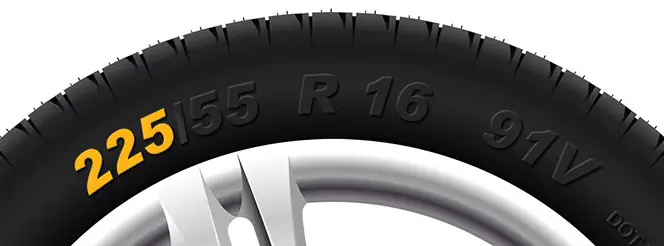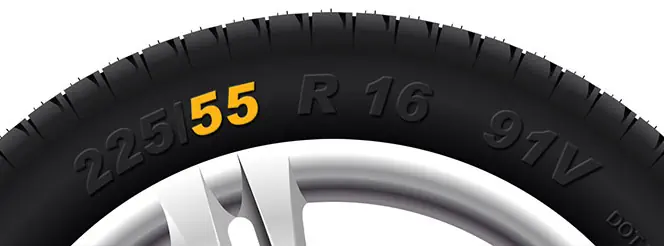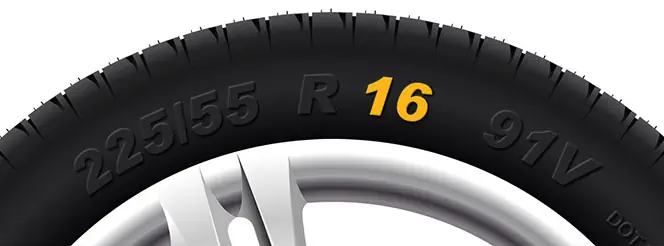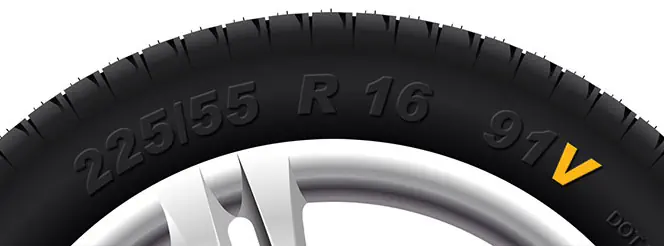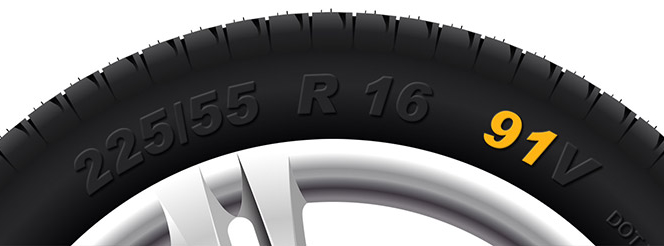When's the Right Time to Scrap Your Car?
Jack Dreyer | Tuesday 6th June 2023 11:00am
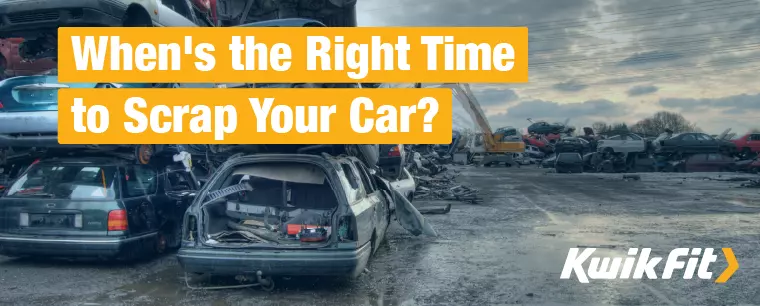
For a number of reasons, thereís likely to come a time when your car just isnít the best fit for you anymore. Maybe it no longer works properly, maybe itís damaged, or maybe youíre just upgrading for a newer, more efficient model. But whatever the reason, youíll end up in a position where you need to get rid of your old car in a way thatís responsible Ė and hopefully earns you some money in the process.
This is where scrapping a car can come in handy. Not only can it earn you some extra cash, but recycling your old car in this way can help it be turned into other useful materials Ė or broken up for parts that can help keep other cars on the road.
Scrapping a car involves selling old, unwanted, or even broken cars to a scrap yard or buyer. Typically they then scrap and recycle the cars into materials that can be used in other industries, or, if there are still roadworthy elements, they might salvage parts to fix other cars, or fix up the car itself and make it drivable again.
Not sure if scrapping your car is the right move for you? Check out some of the signs that it might be time to consider it.
Repair bills are creeping up
The longer you have a car, the more likely it is that youíll find yourself spending more and more money on its repairs. While some cars remain reliable for an impressive amount of time Ė particularly if theyíve had a conscientious owner Ė itís inevitable that older cars encounter more issues.
If this is the case, itís worth looking at quite how much youíre spending on repairs and balancing this against the value of the car itself. If you find that itís going to cost more to repair than itís worth, then it might be worth considering scrapping it instead. This may become a particular consideration if your MOT test is approaching, or has just happened, and your car is no longer going to be deemed roadworthy and legal.
Itís worth considering that you can scrap cars in all conditions; whether itís old, damaged, has recently failed its MOT, or is in fairly good nick.
You see visible rust or damage
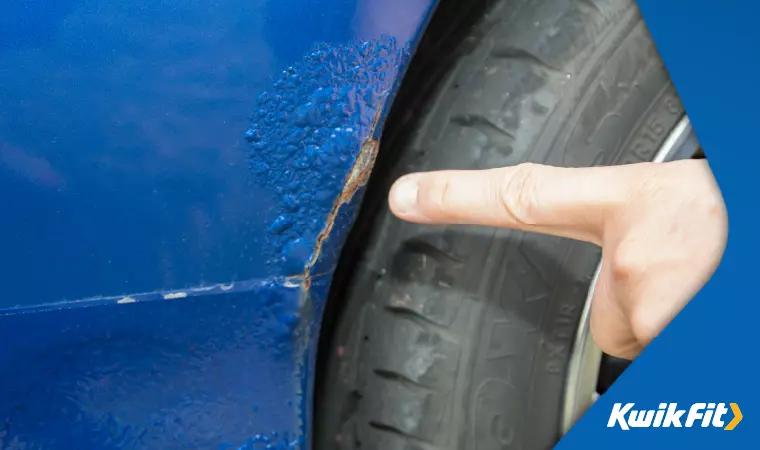
Another key indicator that it may be time to upgrade is if you notice visible rust. Not only can this become a bit of an eyesore, but it can cause significant damage to several elements of your car Ė potentially making it unsafe to drive, particularly if itís been left for a while. From the engine compartment to the fuel line, rust can be a silent killer for a carís overall performance.
You may also want to consider scrapping your car if itís encountered damage, or if itís been declared a write off Ė meaning itís beyond repair. You should be able to discuss scrap options with your insurance provider in a write-off situation, or you can do some research yourself to find potential offers.
Fuel efficiency is decreasing rapidly
With petrol prices continuing to sit at an all-time high in the UK, and our awareness and concern for the environment building, fuel efficiency is a hot topic. Older, badly maintained or damaged vehicles are likely to become increasingly fuel inefficient over time Ė meaning youíll be forking out more and more money to fill up.
If thatís the case, not only will day-to-day driving be costing you more, but you might find that it hinders your ability to sell your car conventionally. With the rise of electric and hybrid vehicles and improved fuel efficient tech in newer models, potential buyers have wised up. Fortunately, fuel efficiency isnít a consideration when scrapping a car, so you wonít encounter any blockers if you choose to go down that route.
The market is in a good place
Still not sure if nowís the right time to scrap your car? Well, one thing that may make the decision easier is getting some quotes. The scrap metal market is volatile, meaning that how much money youíd get for your car can fluctuate based on the current market value of the metals itís made of.
Once scrapped, bits of cars are sold on to be made into household items or electrical products like phones and laptops, so when production of these is higher, the value of the materials increases. Doing some research online and getting a few potential quotes is a great way to get a feel for what the scrap market is doing, and see if itís worth you making a call as things stand.
Need a second opinion?
Scrapping your car can be a quick and often hassle-free process, and a great way to leave yourself with some money in your pocket. If youíre not sure whether nowís a good time to scrap, or you want a second opinion on estimated repair costs before you make a decision, pop into your local Kwik Fit centre.
Any facts, figures and prices shown in our blog articles are correct at time of publication.
Featured Articles
Is it Illegal to Drive With One Headlight?
Saturday 19th July 2025
Wondering if itís illegal to drive with one headlight? Learn about the safety risks and penalties of illegal blown bulbs and why you should fix them promptly.
Air Con in EVs & Hybrids: Experts Answer Your Questions
Monday 30th June 2025
Does air con drain EV batteries? Can you use the air con while charging an electric car? Find out the answers to these questions & more from Kwik Fitís experts.
Why Is Your Car Making a Noise? Fixes & Tips
Friday 13th June 2025
When your car starts making unexpected noises, it can certainly be quite disconcerting; it may be nothing to worry about, but hereís what you need to know.





